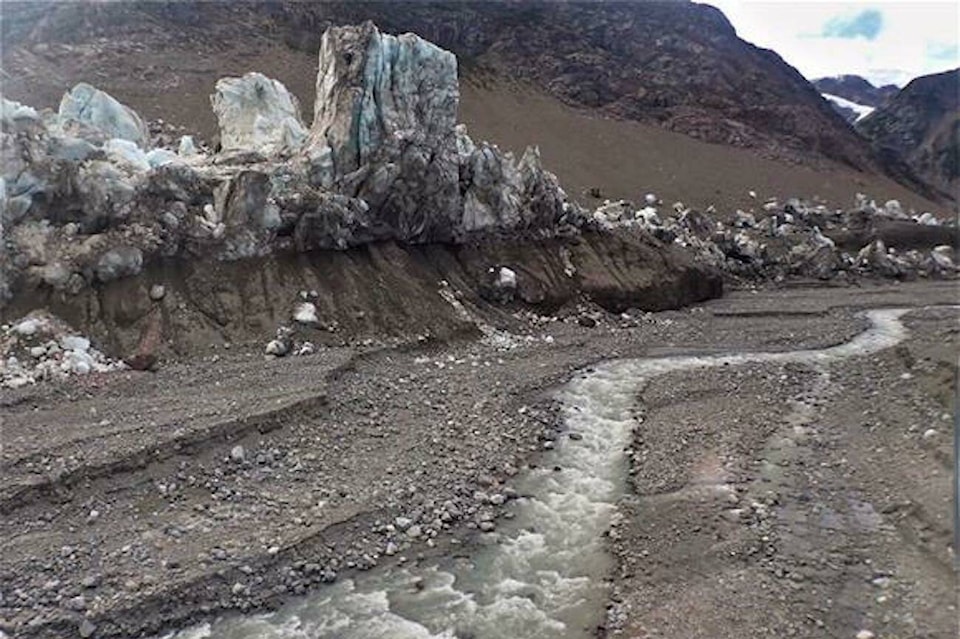A group of B.C. researchers have found a small silver lining for salmon populations when it comes to climate change and melting glaciers in the Pacific mountain range.
In a study released Tuesday (Dec. 7), Simon Fraser University researchers Kara Pitman and Jonathan Moore found that the retreat of glaciers in western North America could create more than 6,000 kilometres of potential new habitat for Pacific salmon by the year 2100. That���߲��о����s a distance nearly equal in length to the Mississippi River.
In their study, the researchers modelled glacier retreat under different climate change scenarios, essentially ���߲��о����peeling back the ice���߲��о���� from 46,000 glaciers between southern B.C. and south central Alaska. From there they mapped potential salmon habitats that could be created when the underlying bedrock is exposed and new streams flow over the landscape.
The pair found 315 glaciers, many in Alaska and at the B.C.-Alaska border, that could create desirable conditions for salmon, which include ocean-accessible, low-gradient streams with retreating glaciers at their headwaters.
Once conditions stabilize in newly formed streams, salmon can colonize these areas quite quickly, Pitman said, demything a common misconception that all salmon return home to the streams they are born in.
ALSO READ:
ALSO READ:
���߲��о����Most do, but some individuals will stray���߲��о����migrating into new streams to spawn and, if conditions are favourable, the population can increase rapidly.���߲��о����
These instances of glacier retreat are already underway. In Stonefly Creek in Glacier Bay, Alaska, glacier retreat in the late 1970s revealed salmon spawning habitat in the new stream that was colonized within 10 years by pink salmon that grew rapidly to more than 5,000 spawners.
While the newly created habitat may be a ray of light for salmon in some locations, overall, climate change poses grave challenges for salmon populations, the researchers cautioned.
���߲��о����On one hand, this amount of new salmon habitat will provide local opportunities for some salmon populations,���߲��о���� Pitman said. ���߲��о����On the other hand, climate change and other human impacts continue to threaten salmon survival���߲��о����via warming rivers, changes in stream flows, and poor ocean conditions.���߲��о����
Moore added that with climate change rapidly transforming ecosystems, their study should be used to bolster habitat protection to ensure salmons���߲��о���� future.
ashley.wadhwani@bpdigital.ca
Like us on and follow us on .



